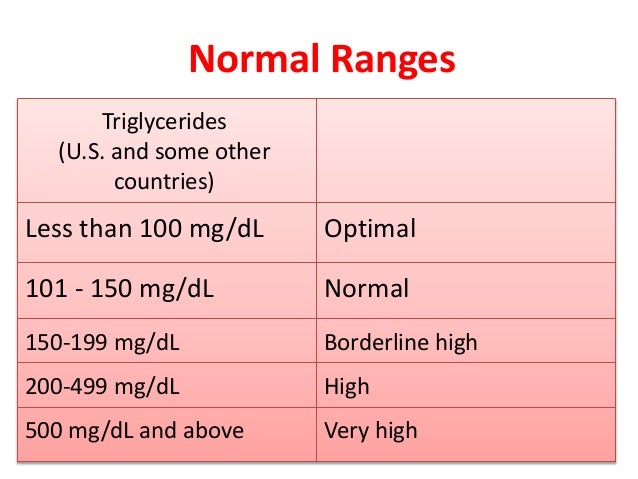


Extreme examples of non-random fats are cocoa butter (mentioned above) and lard, which contains about 20% triglyceride with palmitic acid on carbon 2 and oleic acid on carbons 1 and 3. Animal fats typically have unsaturated fatty acid residues on carbon atoms 1 and 3. In nature, the formation of triglycerides is not random rather, specific fatty acids are selectively condensed with the hydroxyl functional groups of glycerol. Their formation can be summarised by the following overall equation:ĬH(OH)(CH 2OH) 2 + RCOOH + R'COOH + R"COOH → RC(O)OCH 2−CH(OC(O)R')−CH 2C(O)OR" + 3H 2O Triglycerides are tri- esters derived from the condensation reaction of glycerol with three fatty acids. If the first and third fatty acids on the glycerol differ, then the mixed triglyceride is chiral. Ī triglyceride containing different fatty acids is known as a mixed triglyceride. These compounds can be obtained in three crystalline forms ( polymorphs): α, β, and β′, the three forms differing in their melting points. Their names indicate the fatty acid: stearin derived from stearic acid, palmitin derived from palmitic acid, etc. The simplest triglycerides are those where the three fatty acids are identical. Cocoa butter is unusual in that it is composed of only a few triglycerides, derived from palmitic, oleic, and stearic acids in the 1-, 2-, and 3-positions of glycerol, respectively. Because of their heterogeneity, they melt over a broad range of temperatures. Most natural fats contain a complex mixture of individual triglycerides. Many fatty acids are unsaturated some are polyunsaturated (e.g., those derived from linoleic acid). As a result, ruminant animal fat contains odd-numbered fatty acids, such as 15, due to the action of bacteria in the rumen. Bacteria, however, possess the ability to synthesise odd- and branched-chain fatty acids. The chain lengths of the fatty acids in naturally occurring triglycerides vary, but most contain 16, 18, or 20 carbon atoms. Many triglycerides are known because many fatty acids are known and their combinations are even more numerous. The three fatty acids substituents can be the same, but they are usually different. All carbon-carbon double bonds shown are cis isomers. The third fatty acid residue (a polyunsaturated fatty acid residue, highlighted in red) contains three double bonds within the carbon chain. The first fatty acid residue is saturated ( blue highlighted), the second fatty acid residue contains one double bond within the carbon chain ( green highlighted). Example of a natural mixed triglyceride with residues of three different fatty acids.


 0 kommentar(er)
0 kommentar(er)
